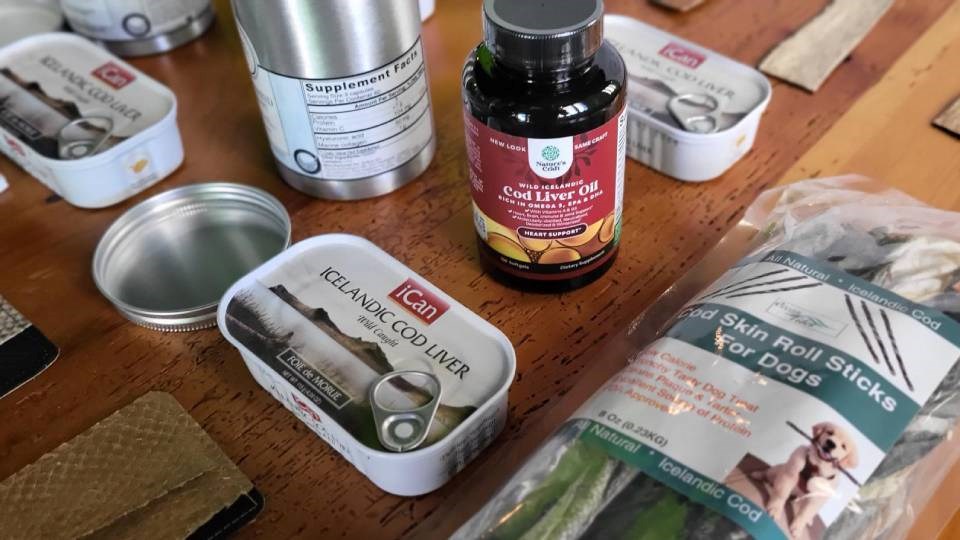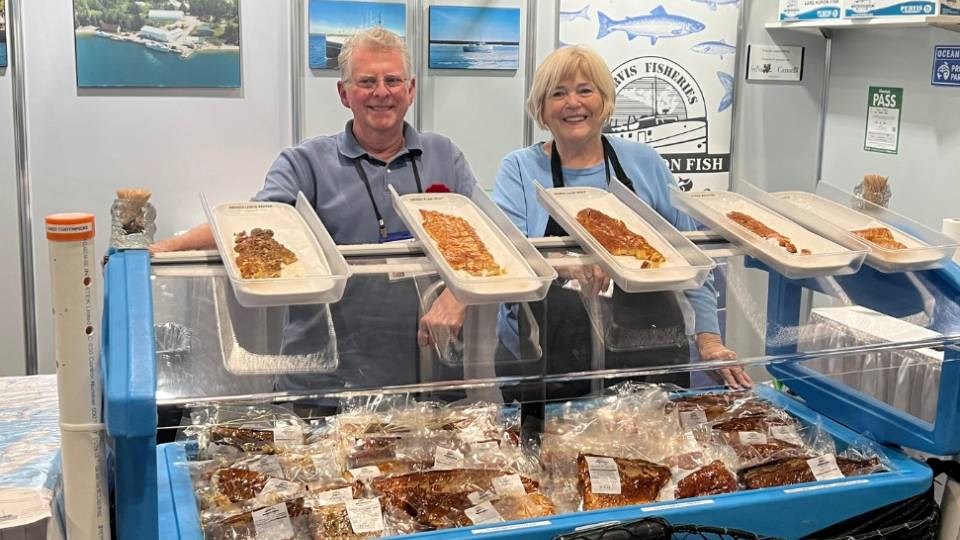A Manitoulin Island fishery’s commitment to make better use of its catch will create more value for the company while also improving its impact on the environment.
Purvis Fisheries, which is located near Silver Water on Manitoulin’s west end, is one of 24 fisheries operating on the Great Lakes that have joined the 100% Great Lakes Fish Pledge.
Through the project, signatories have committed to using 100 per cent of their fish by 2025.
It’s an initiative of the Conference of Great Lakes St. Lawrence Governors & Premiers (GSGP), an organization representing the governors of the Great Lakes states and the Canadian premiers of Ontario and Québec.
“We are thrilled to have Purvis Fisheries sign on to the pledge,” David Naftzger, the organization’s executive director, said in an April 29 news release.
“The success of this initiative is dependent on participation by participants in the fishing industry. Commitments from those who gather and process the fish caught in our lakes are essential to making the 100% Great Lakes Fish vision a reality.”
Currently, only about 40 per cent of each fish — the fillet — makes it to the commercial market. The remaining 60 per cent — skin, bones, head, intestines — is discarded, often for use in fertilizer or dog food. In some cases, it’s landfilled.
Under the pledge, the fisheries will look for new ways to use the whole fish, which the organization said will “reduce waste, create more value and jobs, and support rural economic development.”
Denise Purvis Sheppard, who runs Purvis Fisheries alongside her brother, Drew, said she was happy to sign on.
The company, which fishes for whitefish and lake trout in Georgian Bay, was started by her great-great-grandfather in the early 1900s and has been passed down through five generations of the family.
But when it comes to disposing of fish waste responsibly, they’re way ahead of the curve.
For several years now, their fish waste has been used as the base ingredient in Meeker’s Magic Mix, an Island-made fertilizer created by Mike Meeker, who runs an aquaculture business on Lake Wolsey.
Yet the idea of creating more value for fisheries like Purvis Sheppard’s is an attractive one.
“The biggest thing, I think, for the fisheries, if (the pledge) gets off the ground, is more value for things that we throw away,” she said in an interview.
“That's what we're looking for, is more value out of our byproducts.”

The 100% Great Lakes Fish Pledge is modelled on a similar system that was introduced in Iceland.
Looking to reduce the amount of waste in that country’s cod-fishing sector — a US$2-billion-a-year industry — the organization Iceland Ocean Cluster embarked on the 100% Fish project, a collaborative effort by researchers and private companies to find innovative new uses for the waste.
Those efforts have produced a number of new products including everything from fish “leather” to nutritional supplements to dried fish jerky.
Perhaps the most well-known one, Purvis Sheppard said, is collagen, which the human body produces naturally, but tends to decrease in volume as we age. Made primarily from the fish’s skin, it can be added into cosmetics and other products, but it’s most commonly sold in pill form as a daily supplement.
That alone could be an excellent use for the waste.
“If it can be processed and rendered down to make collagen, then it makes the stuff you're throwing away worth a whole lot more money,” Purvis Sheppard said.
Gaining more value for its catch has become significantly more important for Purvis in recent years, she noted.
Numbers of whitefish, the fishery’s most popular product, have drastically reduced, while the lake trout population has exploded, Purvis Sheppard said.
Yet, it’s been tough to find a market for the trout amongst consumers who are more familiar with ocean fish like salmon and hesitant to try something new.
“It’s been awful,” she said of this year’s fishing season. “We used to fish four boats. This year, we only fished one.
“We may eventually fish the second one, but we couldn’t even fish this spring, because we had no sale for the trout, and that’s all we can catch now in the main basin of Lake Huron.
“We can’t sell it, so therefore we just can’t fish.”
With 2025 less than a year away, Purvis Sheppard said the Conference of Great Lakes St. Lawrence Governors & Premiers will lead efforts to find new end users for the fish waste.
The final system has yet to be determined, but Purvis Sheppard said it’s likely fisheries would freeze their product and send it to a central processing facility, which would then render the fish waste and deliver it to end users.
But producing enough volume will be the key to meeting demand, which is why it was so important for Purvis to sign on to the pledge alongside the other Great Lakes fisheries.
“It can't be done on a small scale and individual fishermen, because nobody produces the volume that’s needed to run an operation like that,” Purvis Sheppard said.
“I think the next step is whether they can find somebody that's actually willing to take (it) and start manufacturing.”
